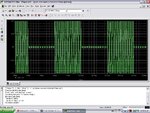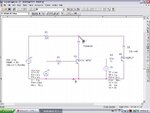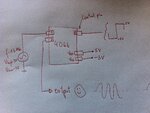Simio
Newbie level 4

Hello.
I need to design a circuit that will allow me to get a signal that is a sinewave (1.5 Mhz) which is "on" and "off" during certain periodic sets of time. (please see attached image).

I have already built a circuit for generating the sinewave and I also have a circuit that generates a pulse signal to control the "on" time of the sinewave.
My problem is that i don't know how to make these two signals interact in order to form the kind of signal I'm looking for.
What is the intelligent way to achieve this kind of signal (like the one in the attachment)? It is very important to maintain 0V during the sinewave's "off" time.
Thanks in advance!
I need to design a circuit that will allow me to get a signal that is a sinewave (1.5 Mhz) which is "on" and "off" during certain periodic sets of time. (please see attached image).
I have already built a circuit for generating the sinewave and I also have a circuit that generates a pulse signal to control the "on" time of the sinewave.
My problem is that i don't know how to make these two signals interact in order to form the kind of signal I'm looking for.
What is the intelligent way to achieve this kind of signal (like the one in the attachment)? It is very important to maintain 0V during the sinewave's "off" time.
Thanks in advance!






